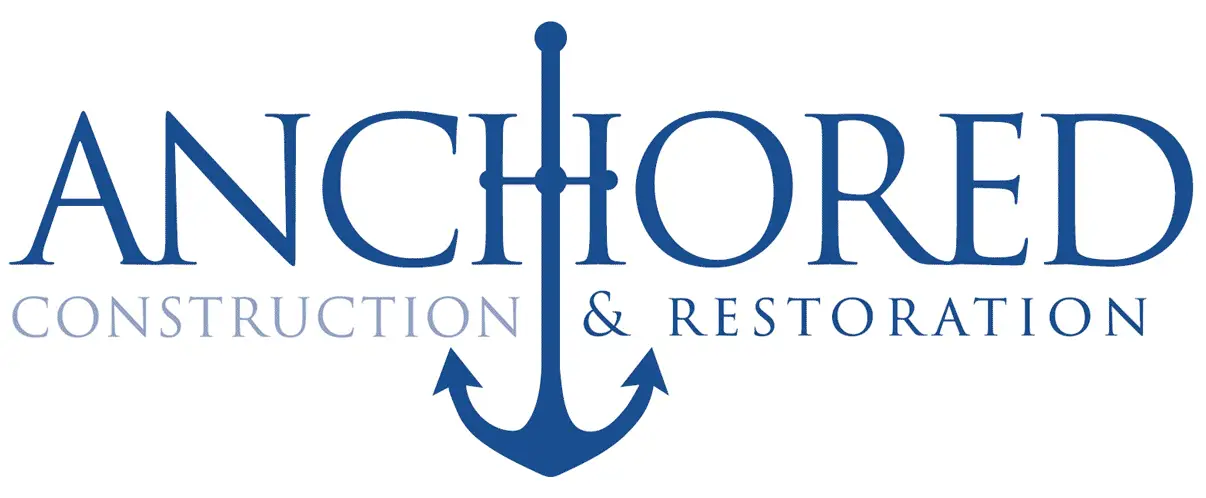When starting a new deck project, we often get questions about how the decking will run, what types of deck materials are the best and how to stain and care for the deck after the project is done. What people don’t ask us about is how we start the project and what goes underground. We all want the new deck to be beautiful and enjoyed for years to come and the only way to make sure that happens is to start the project right. And starting the project right means digging lots of holes in the ground.
The Knox County Codes Department is responsible for inspecting new decks to make sure they pass code. Codes requirements vary from place to place but all are pretty similar overall and are designed to make sure that the new deck will be fully supported and safe for years to come. Regardless of where we are building and what their requirements are, we always build our decks to exceed all codes requirements.
The first step to passing inspection is to build our footers correctly. For those of you not familiar with what a footer is, a footer is just the concrete pier poured in the ground that the deck support posts will be placed on. The footer is what supports the whole deck which makes it one of the most important parts of the construction process.
The building code specifies that “the bottom of a footing must be at least 12 inches deep and below the local frostline—whichever is deeper—and bear on stable, undisturbed soil that is free of organic matter. And the code requires a minimum compressive strength of 2,500 psi for the concrete.” This can sound very confusing at first. Topsoil is terrible for supporting footers. In East TN, we find ourselves digging until we hit clay and then going a little deeper. We will often be 18″ – 24″ deep by the time we find undisturbed and compacted soil suitable for footers.
Codes typically allow for footers to be either square or round. Our footers usually end up being round because I prefer to dig them with an auger. And because round seems to be an easier shape to dig by hand if needed. It’s important to make sure that the sides of the footer are parallel and straight. If the sides taper in towards the bottom, frost can actually push up and shift the footer. It’s important for the bottom of the footers to be flat and clean of loose dirt as well. It’s also important to move any loose dirt away from the top of the hole. Dirt that falls into the hole while pouring the concrete can contaminate and weaken the concrete. And, while it’s not always required, we always place steel reinforcing rebar in footings. This is a small additional expense that helps make sure your footers remain strong for the life of the deck.


